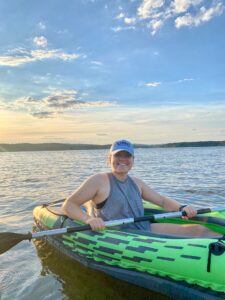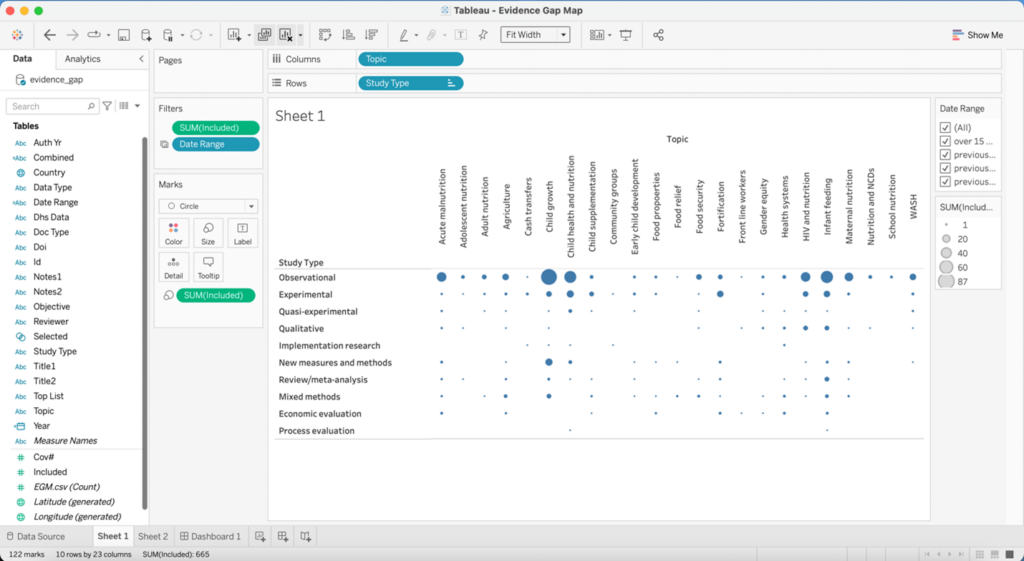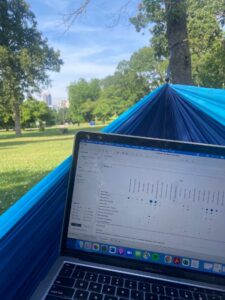
Hello! My name is Mia Haller, I’m an MPH student in the Global Health concentration here at Gillings. For my practicum, I am working with Dr. Stephanie Martin as a communications intern for Scaling Up Nutrition – Learning and Evaluation (SUN-LE) through the Gillings Zambia Hub. SUN-LE is a USAID project tasked with providing survey, research, evaluation, and data-dissemination services to the Zambian government with the goal of improving nutrition outcomes in Zambia, primarily decreasing rates of under-five stunting.
Prior to coming to UNC, I spent two years working as the Global and Public Health Fellow at Cornell University, primarily helping to run two global health partnerships, one based in Moshi, Tanzania and other in Lusaka, Zambia. In searching for a practicum, I grappled with how to best utilize my academic background and experiences while also seeking an opportunity that would allow me to explore emerging topic area interests and push me to develop new skills. With this practicum position, I was thrilled by the chance to continue working with colleagues in Lusaka and further pursuing my interests in maternal and child nutrition all in the context of communicating and disseminating public health research.

My first practicum project is the development of an evidence gap map of multisectoral nutrition research in Zambia in support of the National Food and Nutrition Commission (NFNC). An evidence gap map is an interactive data visualization that provides a visual overview of the existing evidence on a particular topic, with the hope of identifying gaps in the current evidence base. While I wasn’t familiar with evidence gap maps prior to beginning this project, I have come to appreciate them as such an incredible tool to consolidate a high volume of information into an intuitive and accessible format. So far, I have had the opportunity to work with a team of folks from SUN-LE and the University of Zambia to finalize a scoping review of maternal and child nutrition research in Zambia, that serves as the foundation for the evidence gap map. We already have over 400 articles! Since finishing up the scoping review of maternal and child nutrition, I have been working with the wonderful librarians at UNC to learn how to use Tableau to turn our data into a useable map. While learning how to use Tableau to create data visualizations wasn’t necessarily something I was searching for in a practicum, I am already thinking about all the other ways I can continue building upon this skillset. I have even enrolled in a data visualization class for the fall! Our evidence gap map is still very much a work in progress, but I’ve already had the opportunity to lead a training session with some of my colleagues who were interested in learning more about the process of developing the map. I am looking forward to getting feedback from the SUN-LE and NFNC teams and continuing to work on other communication and dissemination products throughout the summer.

I have been enjoying the flexibility to work remotely thus far and enjoy summer in Chapel Hill but am thrilled to have the opportunity to spend a few weeks in Lusaka at the end of my practicum. Looking forward to checking back in from Lusaka in July!
-Mia










